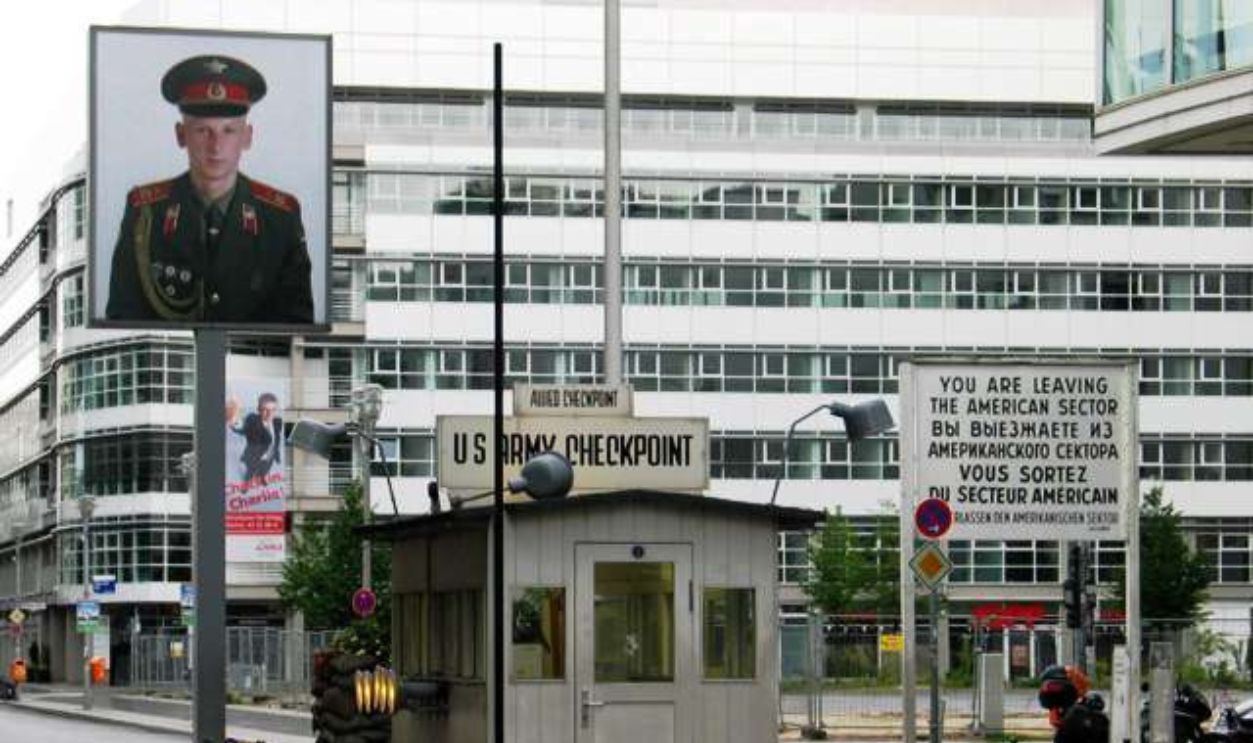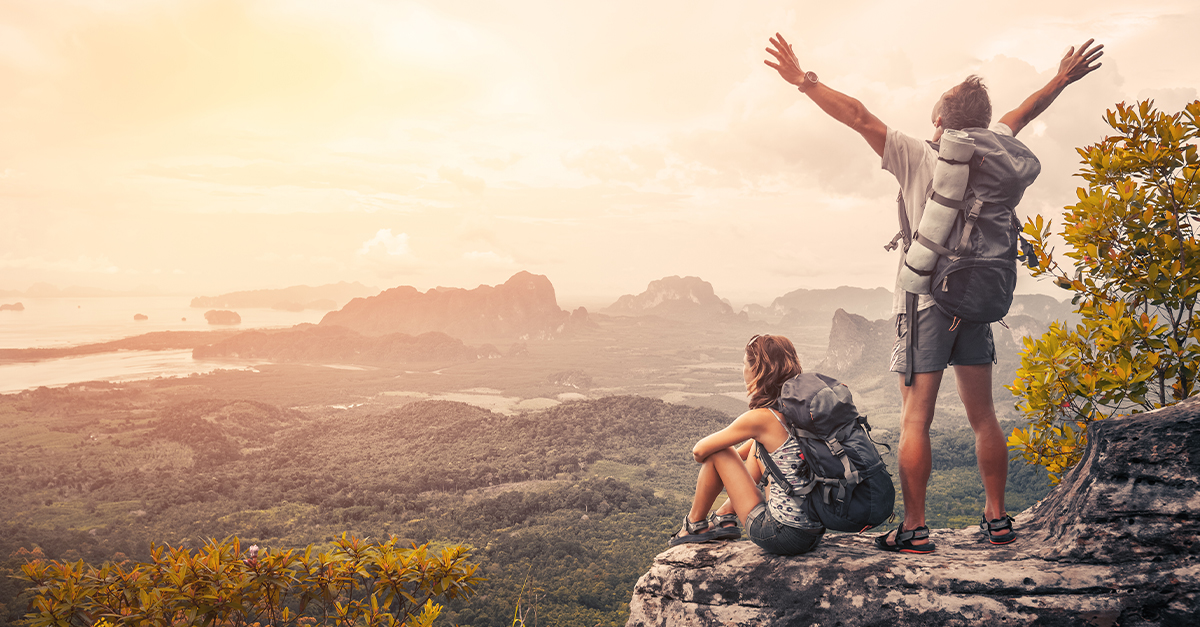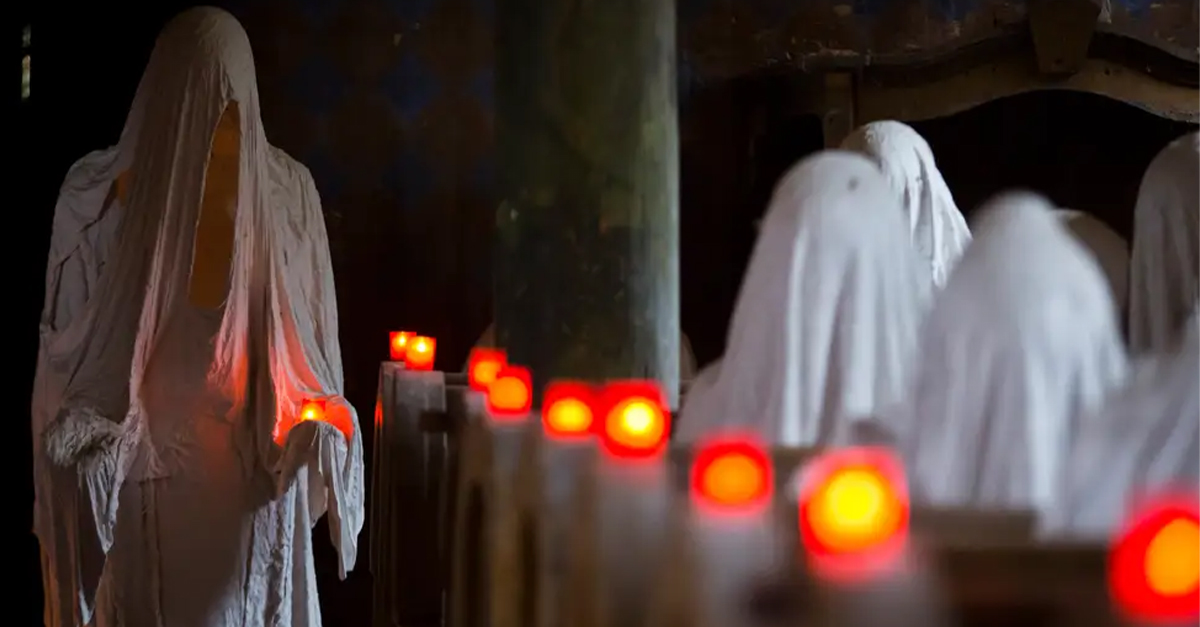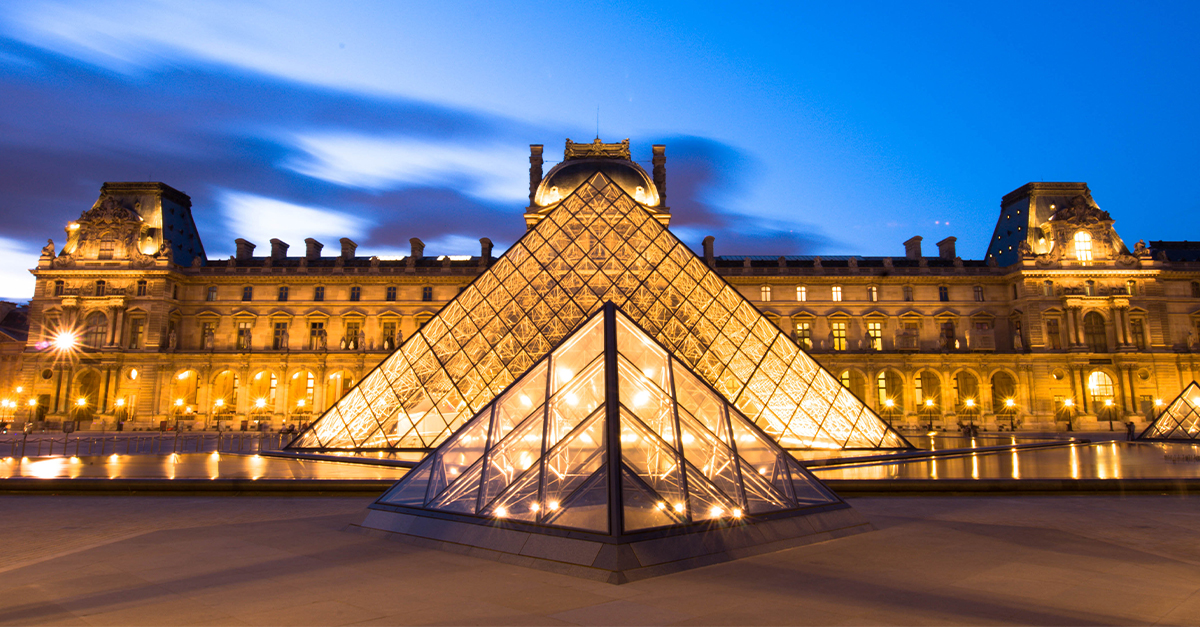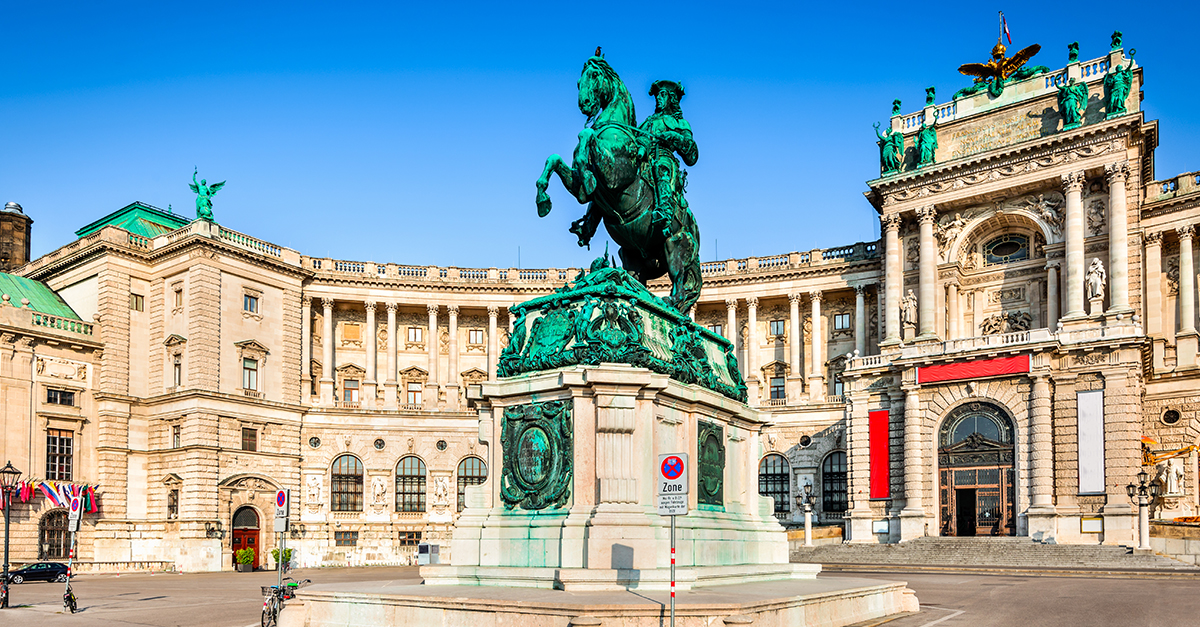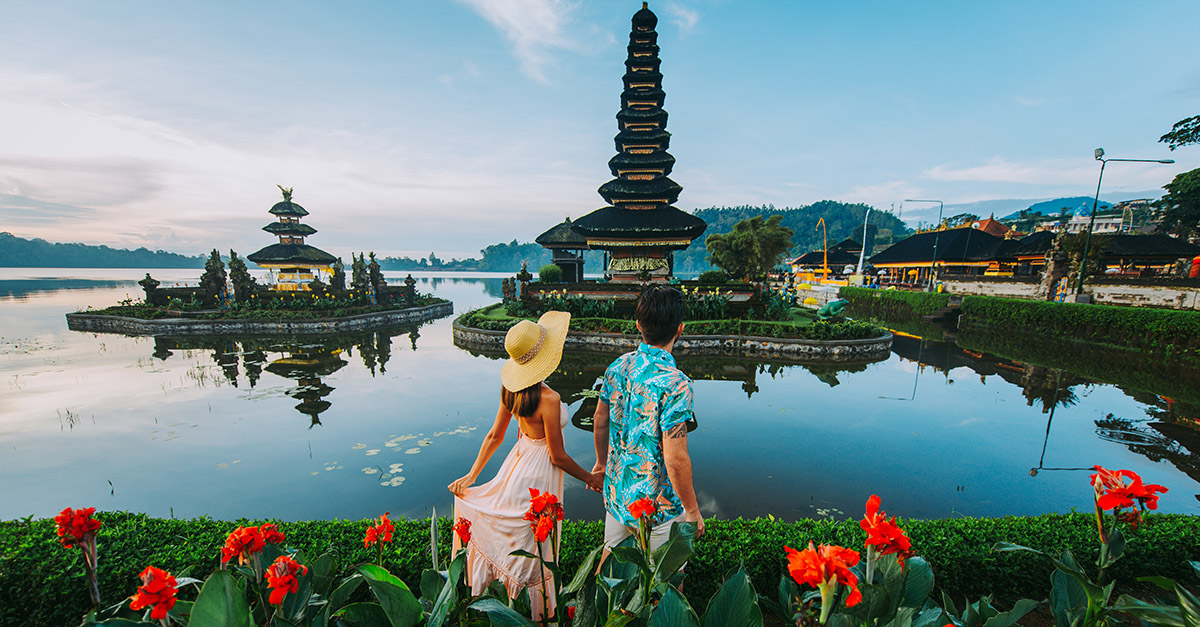Wall Of Whispers
This is how a concrete barrier turned into the world's most dramatic stage of human defiance. You may have heard about the 1961-constructed Berlin Wall, but do you know the history and happenings of it?
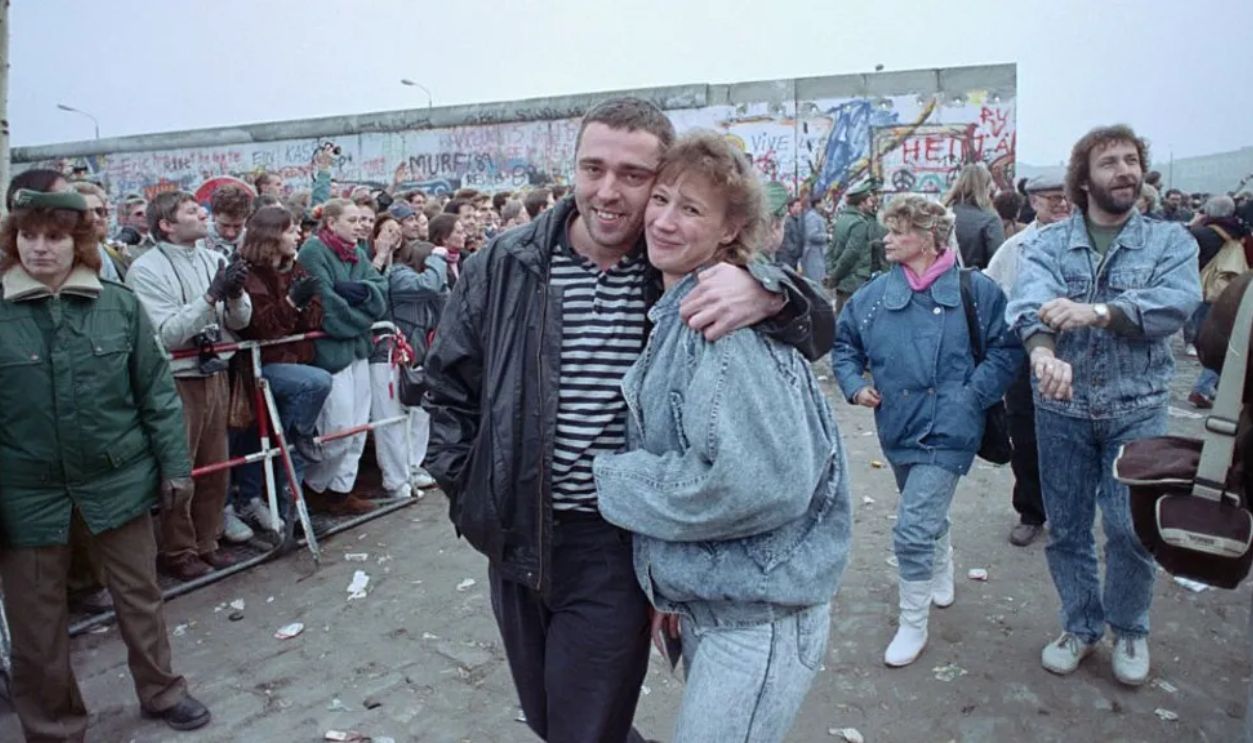
Post-War Division Begins
After WWII ended in 1945, the victorious Allied powers split Germany into four zones of occupation. The Soviet Union took over the eastern part, while the U.S., Britain, and France handled the western sections. Even though Berlin was in Soviet territory, it was divided too.
 Paasikivi, CC BY-SA 4.0, Wikimedia Commons
Paasikivi, CC BY-SA 4.0, Wikimedia Commons
Soviet Zone Transformation
Then, the Soviet Union established the German Democratic Republic (GDR) in 1949, installing a communist regime in East Germany. They implemented strict border controls, nationalized industries, and created a centrally planned economy.
 Sanderson Rowe, CC BY-SA 2.0, Wikimedia Commons
Sanderson Rowe, CC BY-SA 2.0, Wikimedia Commons
Western Response
The Western Allies further merged their zones to form the Federal Republic of Germany in 1949. This new state adopted democracy and a market economy, leading to rapid economic growth and improved living standards for West Germans.
 Bundesarchiv, CC BY-SA 3.0, Wikimedia Commons
Bundesarchiv, CC BY-SA 3.0, Wikimedia Commons
Brain Drain Crisis
Mass exodus from East Germany intensified. By 1961, East Germany had lost 20% of its population through westward migration. Most refugees were young professionals, causing estimated economic losses of between 7-9 billion dollars in skilled workforce.
 The Central Intelligence Agency, Wikimedia Commons
The Central Intelligence Agency, Wikimedia Commons
Border Control Implementation
In 1952, the German Democratic Republic closed its border with West Germany, restricting movement and preventing further emigration. But Berlin stayed open as a crossing point—the go-to place for East Germans trying to free themselves.
Khrushchev's Initiative
Nikita Khrushchev's decision to support East German leader Walter Ulbricht in closing the Berlin border in August 1961 was an important moment in Cold War history. This action led to the construction of the Berlin Wall, which began in 1961.
 Unknown Author, CC BY-SA 3.0, Wikimedia Commons
Unknown Author, CC BY-SA 3.0, Wikimedia Commons
Operation Rose Begins
On August 13, 1961, "Operation Rose" began. East German troops kicked off their operation to close the border while workers started putting up barbed wire and fences overnight. Armed soldiers kept watch to make sure no one messed with the construction.
 The Central Intelligence Agency, Wikimedia Commons
The Central Intelligence Agency, Wikimedia Commons
A Morning Like No Other
The GDR's leadership chose a Sunday during the summer season for this. By dawn, Berliners awoke to find their city divided. Barbed wire fences were quickly expanded into more permanent structures, effectively sealing off East Berlin from its western counterpart.
 The Central Intelligence Agency, Wikimedia Commons
The Central Intelligence Agency, Wikimedia Commons
Initial Wall Structure
The barrier stretched 96 miles around West Berlin, including 27 miles between the East and West sectors. Following the temporary installations, workers began adding more permanent concrete sections. The Wall was designed to be formidable, with a height of 13 feet.
 National Archives, Wikimedia Commons
National Archives, Wikimedia Commons
Military Tension Rises
On August 18, 1961, just days after the Wall's construction began, the United States sent a convoy of 1,500 troops through East Germany to West Berlin. This convoy stretched 110 miles from Helmstedt to Berlin, showing the U.S. resolve to maintain access to West Berlin.
Death Strip Development
The development of the death strip between the Berlin Wall's two main barriers was a critical aspect of the GDR's efforts to prevent East Germans from fleeing to the West. This area, often referred to as "der Todesstreifen," was designed to be a lethal zone, heavily fortified.
 Bundesarchiv, CC BY-SA 3.0, Wikimedia Commons
Bundesarchiv, CC BY-SA 3.0, Wikimedia Commons
Barriers On The Strip
The strip included various layers of security features, starting with an electrical border signaling fence that triggered alarms when touched. This was followed by additional barriers, such as steel spike mats and tank traps made from welded railway tracks.
 GeorgeLouis, CC BY-SA 3.0, Wikimedia Commons
GeorgeLouis, CC BY-SA 3.0, Wikimedia Commons
Control Strip
A two-meter-wide control strip, known as K2, was maintained with raked sand to detect footprints easily. This allowed guards to track escape attempts and identify any breaches in security. In some areas, guard dogs patrolled this strip to deter would-be defectors.
 Leon petrosyan, CC BY-SA 3.0, Wikimedia Commons
Leon petrosyan, CC BY-SA 3.0, Wikimedia Commons
Obstructed View
Plus, a hinterland wall was constructed behind the main barriers, serving as an additional obstacle for escapees and blocking views into the strip from East Berlin. This wall was often painted in colors that made it easier for guards to spot individuals fleeing.
 Noir, CC BY-SA 3.0, Wikimedia Commons
Noir, CC BY-SA 3.0, Wikimedia Commons
Final Wall Construction
By 1975, the Berlin Wall had moved into its "Fourth Generation," characterized by advancements in its design and construction. This iteration comprised approximately 45,000 concrete sections, each measuring 12 feet high and 4 feet wide.
 Edward Valachovic, CC BY-SA 2.0, Wikimedia Commons
Edward Valachovic, CC BY-SA 2.0, Wikimedia Commons
Security Infrastructure
The Berlin Wall complex had extensive security, including 302 watchtowers, 20 bunkers, and sophisticated lighting systems. By the end of the GDR era, there were over 300 watchtowers, although only a few remain today as historical relics.
 Shreyas Joshi, CC BY-SA 4.0 , Wikimedia Commons
Shreyas Joshi, CC BY-SA 4.0 , Wikimedia Commons
Checkpoint System
This famous spot featured nine official crossing points that managed the flow of people between East and West Berlin. Checkpoint Charlie became the most famous one for Allied personnel and visitors heading into East Berlin.
Bornholmer Straße Border
Another one, called the Bornholmer Straße, was opened in 1961. This crossing allowed access for West Berliners and citizens of the Federal Republic, as well as GDR citizens. Also, the Friedrichstraße Station served as a major border checkpoint for all categories of border-crossing traffic.
 Gerd Danigel, CC BY-SA 4.0, Wikimedia Commons
Gerd Danigel, CC BY-SA 4.0, Wikimedia Commons
Escape Statistics
Between 1961 and 1989, more than 100,000 East Germans tried to get away from their country. Out of those, about 5,000 people actually made it using different ways to escape. Sadly, estimates suggest that between 136 and 200 people lost their lives while trying to flee.
 Victorgrigas, Wikimedia Commons
Victorgrigas, Wikimedia Commons
Innovative Escape Methods
Successful escapees used different creative methods to cross the Wall. Some dug tunnels, while others flew hot air balloons, slid along aerial wires, or drove modified sports cars designed to pass beneath checkpoint barriers.
 Bundesarchiv, CC BY-SA 3.0, Wikimedia Commons
Bundesarchiv, CC BY-SA 3.0, Wikimedia Commons
Underground Passage Networks
At least 70 tunnels were attempted beneath the Wall. Only 19 succeeded in helping approximately 400 people reach West Berlin. East German authorities eventually used seismic detection equipment to locate tunneling activities.
 Leon petrosyan, CC BY-SA 3.0, Wikimedia Commons
Leon petrosyan, CC BY-SA 3.0, Wikimedia Commons
Tunnel 57
One of the most famous was Tunnel 57, which allowed 57 people to escape over a two-day period. The tunnel was dug from the cellar of a bakery located at Bernauer Straße 97 in West Berlin. It extended approximately 145 meters.
 N-Lange.de, CC BY-SA 3.0, Wikimedia Commons
N-Lange.de, CC BY-SA 3.0, Wikimedia Commons
First Casualty
Ida Siekmann became the first known victim of the Berlin Wall on August 22, 1961, just nine days after its construction began. She died attempting to jump from her third-floor apartment window at 48 Bernauer Strasse to reach West Berlin below.
 Brewer Bob, CC BY-SA 3.0 , Wikimedia Commons
Brewer Bob, CC BY-SA 3.0 , Wikimedia Commons
Notable Escape Story
On August 15, 1961, Conrad Schumann, a 19-year-old East German border guard, made history by dangerously leaping over a coil of barbed wire to escape to West Berlin. This act created an iconic photograph symbolizing the desire for freedom.
 The Central Intelligence Agency, Wikimedia Commons
The Central Intelligence Agency, Wikimedia Commons
Western Political Response
Later, on June 26, 1963, President John F. Kennedy visited West Berlin and delivered his iconic "Ich bin ein Berliner" speech. This address was a powerful demonstration of American solidarity with West Berliners. He stated that "freedom is indivisible".
 Robert Knudsen, Wikimedia Commons
Robert Knudsen, Wikimedia Commons
Border Guard Regulations
The Schießbefehl (shooting order) allowed border guards to shoot individuals attempting to escape, effectively making it a standing order to use lethal force as a last resort. The goal of this program was to keep the border under control.
 SPC5 Vincent Kitts, Wikimedia Commons
SPC5 Vincent Kitts, Wikimedia Commons
Hot Air Balloon Escape
In September 1979, Peter Strelzyk and Günter Wetzel constructed a homemade hot air balloon using bedsheets and tarpaulins. They successfully flew over the Wall with their families, reaching West Germany after a tense 28-minute flight.
 Björn Appel, CC BY-SA 3.0, Wikimedia Commons
Björn Appel, CC BY-SA 3.0, Wikimedia Commons
Reagan's Challenge
Around June 1987, President Ronald Reagan delivered a memorable speech at the Brandenburg Gate in West Berlin. Here, he famously challenged the Soviet leader Mikhail Gorbachev with the words, "Mr. Gorbachev, tear down this wall!"
 Reagan White House Photographs, Wikimedia Commons
Reagan White House Photographs, Wikimedia Commons
Bowie's Influence
David Bowie's June 1987 concert near the Wall drew thousands of East Berlin listeners. The performance, while playing "Heroes," initiated early protests that contributed to the Wall's fall. Germany later credited Bowie for helping bring down the barrier.
 Elmar J. Lordemann, CC BY-SA 2.0, Wikimedia Commons
Elmar J. Lordemann, CC BY-SA 2.0, Wikimedia Commons
Bruce Springsteen Followed
Bruce Springsteen's concert in East Berlin (1988) saw 300,000 folks, but it didn't go as the Communist authorities had hoped. His message about breaking down walls fueled the crowd's desire for freedom, which was the opposite of what the government wanted.
 Bundesarchiv, CC BY-SA 3.0, Wikimedia Commons
Bundesarchiv, CC BY-SA 3.0, Wikimedia Commons
David Hasselhoff Joined
Similarly, David Hasselhoff's New Year's Eve 1989 performance drew 500,000 people from both sides of the Wall. Singing "Looking for Freedom" from a crane near Brandenburg Gate, he created a moment of unity while people celebrated atop the Wall.
 David Hasselhoff - Looking For Freedom (ZDF Sylvester Trümpfe 31.12.1989) by Schlager für Alle
David Hasselhoff - Looking For Freedom (ZDF Sylvester Trümpfe 31.12.1989) by Schlager für Alle
Economic Division
West Berlin's economy thrived in a capitalist system, while East Berlin had a tough time. Many shops in East Berlin offered limited selections of low-quality products at higher prices compared to their Western counterparts. The infrastructure was often drab.
 Bundesarchiv, CC BY-SA 3.0, Wikimedia Commons
Bundesarchiv, CC BY-SA 3.0, Wikimedia Commons
Propaganda Efforts
East German authorities claimed it was necessary to safeguard the country against perceived Western aggression. In stark contrast, West Berlin's mayor, Willy Brandt, labeled it the "Wall of Shame".
 Bundesarchiv, CC BY-SA 3.0, Wikimedia Commons
Bundesarchiv, CC BY-SA 3.0, Wikimedia Commons
Maintenance Procedures
The outer surface of the Berlin Wall was a canvas for Western graffiti—a form of protest against the oppressive regime. Maintenance teams were tasked with removing this graffiti to prevent it from becoming a symbol of dissent visible to East Germans.
The Hidden Doors
The hidden doors and the special two-key setup were all about the East German government's focus on keeping things secure and under wraps. Only authorized personnel could get into those spots. There were regular checks for wear and tear as well.
 Bundesarchiv, CC BY-SA 3.0, Wikimedia Commons
Bundesarchiv, CC BY-SA 3.0, Wikimedia Commons
Political Changes Begin
By 1989, the countries around the Eastern Bloc started making changes. When Hungary took down its border fence with Austria, it was like the first little crack in the Iron Curtain. This action was part of Hungary's broader process of reform under Prime Minister Németh.
 Urbán Tamás., CC BY-SA 3.0, Wikimedia Commons
Urbán Tamás., CC BY-SA 3.0, Wikimedia Commons
Pan-European Picnic
On August 19, 1989, Hungary threw the Pan-European Picnic close to the Austrian border. A bunch of East Germans took this chance to escape, trying to see how Soviet leader Gorbachev would react to all the people trying to migrate.
 Kaboldy, CC BY-SA 3.0, Wikimedia Commons
Kaboldy, CC BY-SA 3.0, Wikimedia Commons
Mass Exodus Intensifies
Soon, in September 1989, over 13,000 East Germans began to escape through Hungary to Austria. A bunch of others swarmed West German embassies in Eastern Europe, determined not to go back to East Germany.
 Fortepan adományozó TM, CC BY-SA 3.0, Wikimedia Commons
Fortepan adományozó TM, CC BY-SA 3.0, Wikimedia Commons
Schabowski's Announcement
It was on November 9, 1989, that government spokesman Günter Schabowski mistakenly announced immediate freedom to travel. His unplanned statement triggered massive crowds gathering at Wall checkpoints demanding passage.
 Bundesarchiv,, CC BY-SA 3.0, Wikimedia Commons
Bundesarchiv,, CC BY-SA 3.0, Wikimedia Commons
The Wall Opens
Then, a historic moment occurred at the Bornholmer Straße crossing in Berlin. East German border guard Harald Jäger, overwhelmed by the large crowds demanding to cross into West Berlin, made the critical decision to open the gates at 10:45 PM.
 Bundesarchiv, CC BY-SA 3.0, Wikimedia Commons
Bundesarchiv, CC BY-SA 3.0, Wikimedia Commons
Celebration Begins
As East Germans crossed into West Berlin, they were greeted with flowers, champagne, and cheers from West Berliners. The atmosphere was electric; people began chipping away at the wall, and others climbed atop it in celebration near Brandenburg Gate.
 Bundesarchiv,, CC BY-SA 3.0, Wikimedia Commons
Bundesarchiv,, CC BY-SA 3.0, Wikimedia Commons
Official Demolition
The official teardown of the Wall started on June 13, 1990, by the East German Border Troops at Bernauer Straße. Work crews brought in heavy machinery to break it down. Germany officially reunified on October 3, 1990, ending years of division between East and West Germany.
 Hartmut Reiche, CC BY-SA 3.0, Wikimedia Commons
Hartmut Reiche, CC BY-SA 3.0, Wikimedia Commons
Wall Preservation
The Berlin Wall Memoria, located along Bernauer Straße, covers 1.4 kilometers of the former border strip and includes a preserved section of the Wall. It also features the Chapel of Reconciliation, built on the site of a former church destroyed during the Wall's construction.
 Einaz80, CC BY-SA 4.0, Wikimedia Commons
Einaz80, CC BY-SA 4.0, Wikimedia Commons
Cultural Impact
The term "Mauer im Kopf" (translated as "Wall in the head") emerged in Germany to describe the persistent psychological barriers that remained between East and West Germans. This was despite the physical reunification of the country on October 3, 1990.
 Tony Webster from Portland, Oregon, United States, CC BY 2.0, Wikimedia Commons
Tony Webster from Portland, Oregon, United States, CC BY 2.0, Wikimedia Commons




